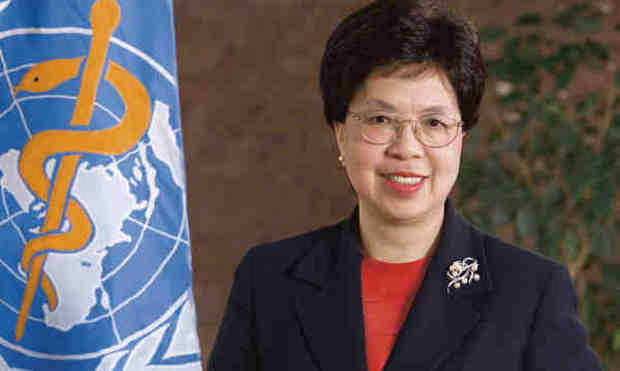New WHO Data Portal to Focus on Health Coverage

Dr. Margaret Chan. Photo: WHO
WHO has launched a new data portal to track progress towards universal health coverage (UHC) around the world. The portal shows where countries need to improve access to services, and where they need to improve information.
It features the latest data on access to health services globally and in each of WHO’s 194 Member States, along with information about equity of access. Next year WHO will add data on the impact that paying for health services has on household finances.
“Any country seeking to achieve UHC must be able to measure it,” said Dr Margaret Chan, Director-General of WHO. “Data on its own won’t prevent disease or save lives, but it shows where governments need to act to strengthen their health systems and protect people from the potentially devastating effects of health care costs.”
[ Who Will be the Next WHO Director-General? ]
UHC means that all people and communities can access the health services they need without facing financial hardship.
So countries aiming to provide UHC need to build health systems that deliver the quality services and products people need, when and where they need them, through an adequately resourced and well-trained health workforce.
The ability to provide strong primary health care services at community level is essential to make progress towards universal health coverage.
Last year, the world’s governments set themselves a target to achieve UHC by 2030 as part of the Sustainable Development Goals (SDGs).
UHC is not only essential to achieving the health-related targets, it will also contribute to other goals such as no poverty (Goal 1), and decent work and economic growth (Goal 8).
Some countries have made good progress towards UHC with low spending, while others achieve lower levels of coverage even though they spend more. And among countries with similarly low levels of spending, there are large variations in coverage levels.














